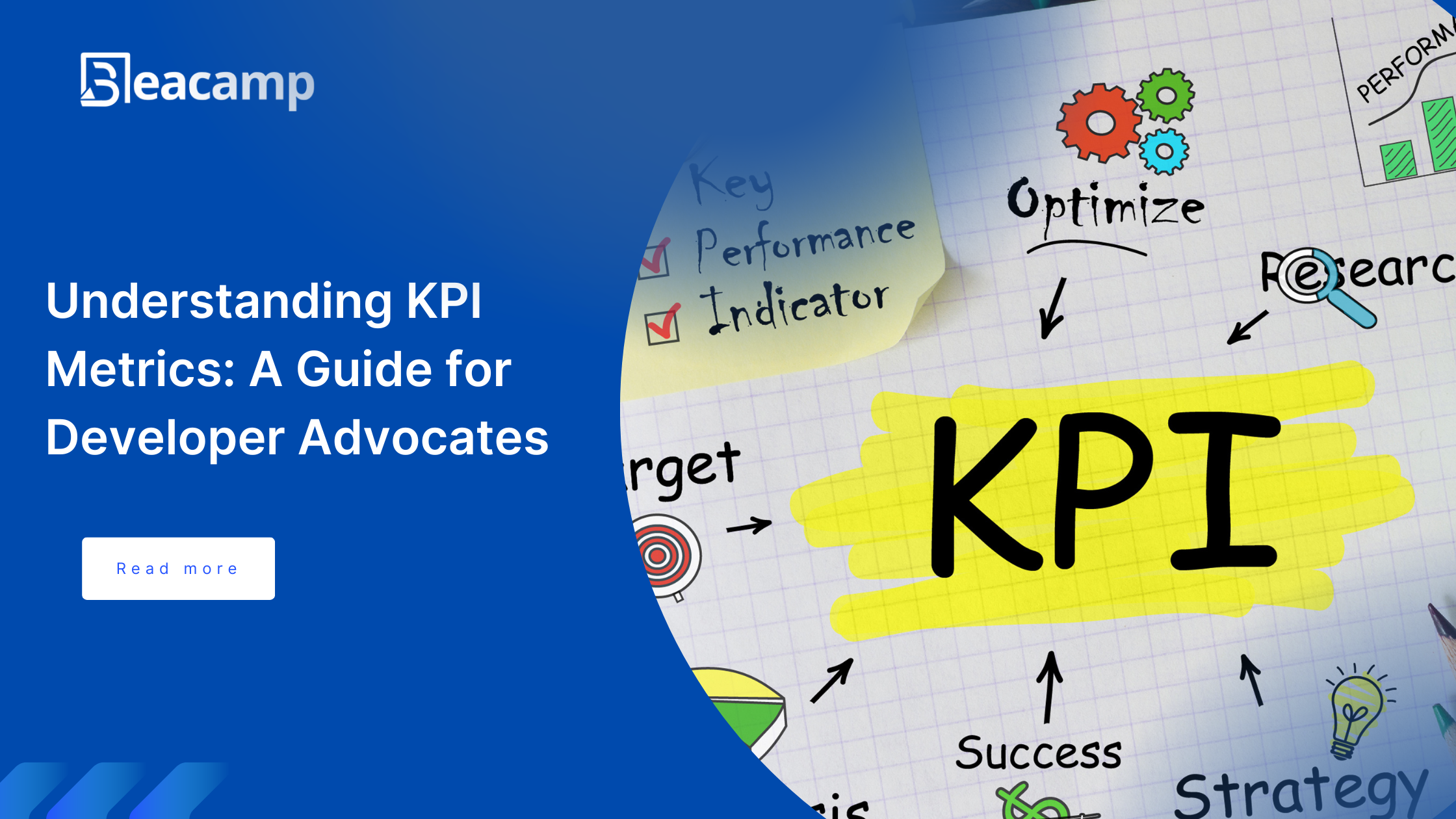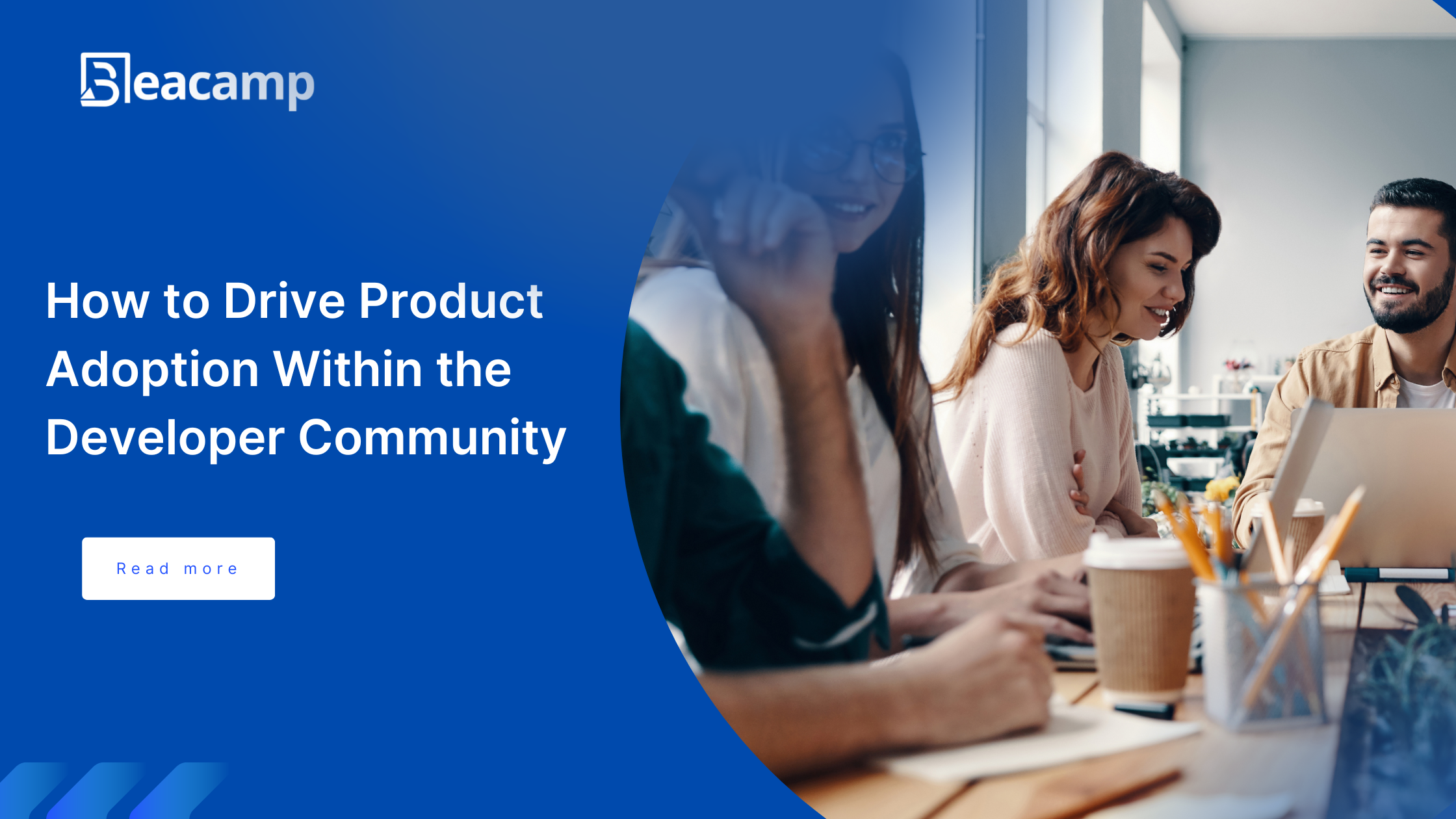Introduction
As a developer marketer or developer relations engineer, understanding developer personas is a must, and knowing how these factors affect your campaigns makes it 100% better.
In this article, you will learn about developer personas, how to identify and target developer personas, and how to measure the impact of persona-driven and regular developer marketing campaigns.
Let’s learn!
What is a Developer Persona?

A Developer Persona represents a group of developers sharing the same characteristics, behaviors, pain points, struggles, and technologies. A persona creates a profile with a detailed description of a developer’s background, interests, objectives, and goals.
Creating a developer persona helps companies understand their target users and create more defined marketing strategies and accurate products and tools to fit their audience.
Identifying Developer Personas

When identifying a developer persona, there are some things to consider. These include the roles and responsibilities of developers, geographic locations, skill sets, educational background, age, hobbies, motivations, goals, and lots more.
Let’s discuss these factors a bit more.
Roles and Responsibilities
To identify a specific persona group, it’s important to understand their roles and responsibilities. It helps guide the selection of tools and platforms to reach and engage them.
Common roles for developer persona include frontend developers, backend developers, full stack developers, DevOps engineers, SysOps engineers, and mobile developers. Each role has its own set of tasks and responsibilities, which impact their preferences for tools and platforms.
By aligning marketing efforts with the needs and interests of these professionals, companies can create more targeted and effective campaigns.
Skill Levels and Expertise
Another method of identifying developers is their experience levels, such as junior, mid-level, senior, and engineering managers. Each level has a unique perspective on resources and tools.
Understanding the challenges and expertise of each level provides the company with a competitive advantage in reaching its users better.
Demographics & Psychographics
Demographics is the data about populations and categorizes people based on their age, gender, marital status, race, and income, while Psyshographics is categorizing people based on their lifestyle, attitude, personality, opinions, values, and interests.
In identifying a persona, understanding their demographics and psychographics helps the company create a more focused strategy to reach their users, help them understand their pain points, and communicate with them.
Targeting Developer Personas

Targeting developer persona lets companies deliver tailored content to fit their developer needs, pain points, and preferences and engage on a better level. By acknowledging different roles, skill sets, expertise, and interests, companies can connect with their audience and get better engagement outcomes.
Here is how to target developer personas:
- Segmenting personas according to categories:
Segmenting the developer persona into smaller groups based on their unique skills, demographics, and roles is a key component of any targeted marketing plan. Each subgroup should have its own set of goals, measurable key performance indicators (KPIs), and resources to achieve better marketing outcomes and profitability.
- Using preferred channels of audience:
Identifying communication channels to connect with a subgroup is needed to target personas effectively. These channels include social media platforms (Twitter, Linkedin, or Discord) and virtual or in-person events. By using these channels, companies can create better opportunities to reach their target audience and deliver personalized messages that fit their needs and interests. This approach enhances the overall marketing strategy and increases engagement and conversions.
- Introducing personalized strategies:
Personalized strategies capture the developer’s interest and needs; it is needed to excel at embracing different skill levels, domains, and demographics of a persona. These strategies could be targeted educational tutorials, email newsletters, webinars, Q&A sessions, community engagement, and feedback loops supporting two-way communication. For example, DevMar Dots, Dev newsletter, or Freecodecamp articles.
Measuring the Impact of Developer Personas

Measuring the influence of developer personas on a product’s success is all about evaluating the KPIs tied to the engagement, revenue, and relationships generated from the strategies. It helps you understand the efficiency and impact of developer persona in your strategies.
Here are some ways you can measure the impact of developer personas:
- Tracking performance indicators:
Monitoring key performance indicators (KPIs) and choosing relevant metrics highlighting user engagement and established connections lets you evaluate the outcomes. In your evaluation, you can measure the impact through engagement rates, page views, visitor ratios, conversion numbers, returning user counts, subscription lengths, and more.
- Analysis of targeted personas and broader market campaigns:
Comparing persona-driven and regular marketing campaigns can show how effective developer personas are. This comparison will look at different things that affect how well key performance indicators (KPIs) are doing. It will also show how reliable the results are, test hypotheses, and conclude the differences that were thought to exist. For example, “What was the difference in the number of GitHub forks on the open-source project before and after a campaign?”
- Continuous improvement:
As you start noticing the differences showing that the targeted developer campaigns lead to better results, you should put more effort into regularly updating your campaigns. Taking small actions to improve your approach, paying close attention to the changes, and adjusting your methods to fit the market helps you reach your goals and audience.
Also, this may be a hot take, but making complex ideas easy to understand is important for connecting with a wider audience. So, ensure you break down complicated concepts into simpler explanations to help your audience understand the material and improve the developer experience.
Conclusion
In conclusion, it is important to understand developer personas to create successful developer marketing campaigns. Understanding it gives you insights into your target audience’s interests, pain points, needs, and demographics to resonate with them.
Your strategies’ lack of developer persona would affect the outcomes and marketing goals and not reach the right audience. This will make your developer’s marketing strategy ineffective and fail.




